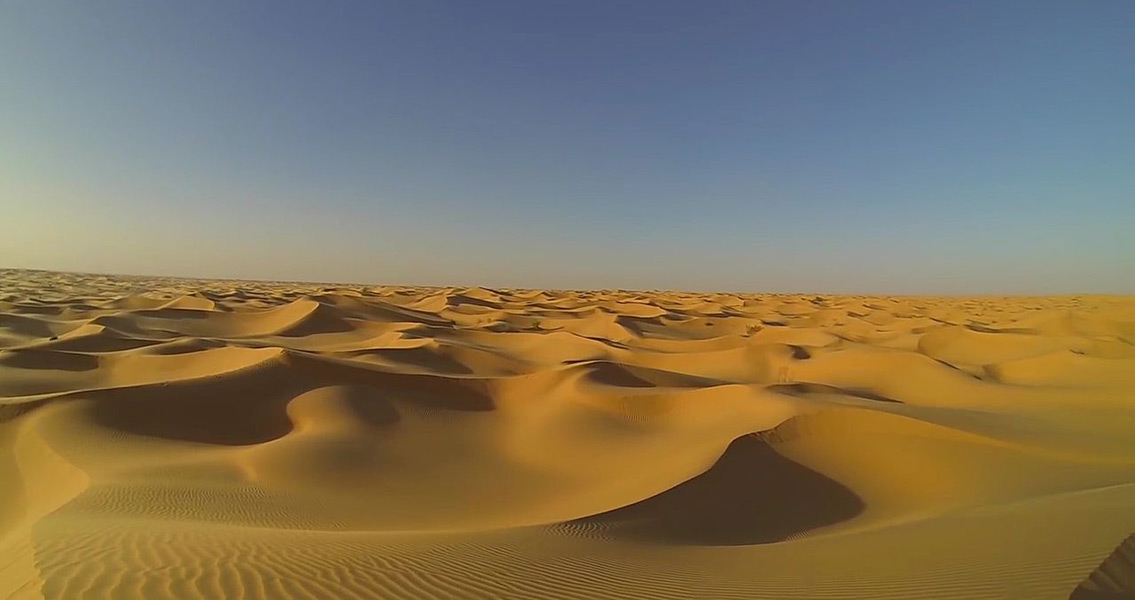<![CDATA[A new research study claims that humanity may have aided in turning the Sahara, green and fertile just 10,000 years ago, into the trackless desert that it now is today. Scientists have long desired to understand the mechanics behind the Sahara’s desertification, as doing so has the potential to unlock how changes in climate and ecology can affect massive geographical regions. The jury is still officially out on how the Sahara turned to desert, but many modern research studies point to natural changes in vegetation or alterations in the Earth’s orbit as possible culprits. However, Seoul National University archaeologist Dr. David White wants to challenge those widely-held beliefs. In his new paper, Wright points out that there is evidence of climatic and ecological change driven by human actions occurring in New Zealand, North America, and Europe. The archaeologist also references additional theories of Neolithic populations in East Asia altering the landscape enough to redirect the course of monsoons. Wright based his analysis on existing archaeological evidence detailing when pastoral human populations first appeared across the Sahara. He then compared this with records of how scrub vegetation spread across the same region to act as an indicator of the desertification process. According to his findings, pastoral communities appeared and spread westward from the regions surrounding the Nile River around 8,000 years in the past. He found that scrub vegetation also increased in these regions at the same time humans began spreading west. Wright maintains that these pastoral communities and their reliance on agricultural development had a severe impact on the ecology of the region. With livestock necessitating large areas of vegetation being cleared, the amount of sunlight reaching and then reflecting off the surface of the Earth would have increased, the archaeologist says. This increased albedo would have had an impact on atmospheric conditions enough to reduce the amount of monsoon rainfall the region received. Once the monsoons began to falter, there would have been even more vegetation loss and desertification, spreading continuously faster until the entirety of the Sahara came to resemble its modern state. Wright acknowledges that his theory is yet to be fully fleshed out, but he does feel that there is much in the way of knowledge waiting to be discovered to support his claims. He pointed out that the Sahara of 10,000 years ago was dotted by lakes, which would have preserved records of the vegetation in the region and how it changed over time. Modeling the effect of vegetation on climate systems is quite difficult, the archaeologist admitted. Data gathering efforts are crucial in developing more sophisticated models, Wright added. The importance of his findings is even higher at a time when climate change and the role humans have played in it have become an increasingly divisive political issue. The new research study, published in the journal Frontiers in Earth Science, can be found online at here]]>
Humans May Have Turned The Sahara to Desert
